Cookieless Advertising is the Future!
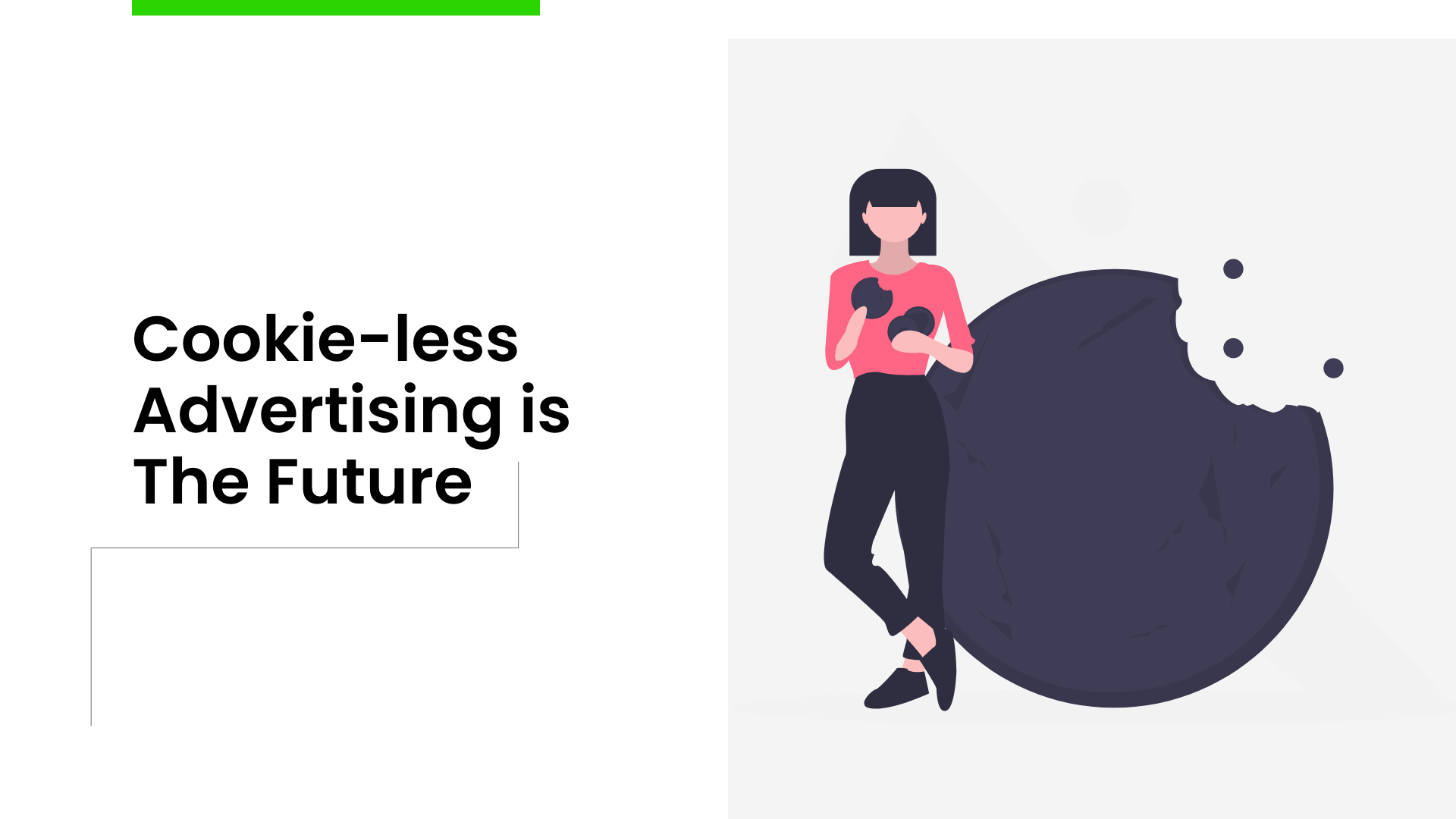
A brief history of cookies
Before the time of cookies, websites and users faced a lot of difficulties, like tracking the frequent vs the new visitors. Also, commercial online transactions had to be done in one visit. To overcome this, in June 1994, Lou Montulli, a highly skilled programmer from Netscape Communications came up with a solution called “persistent client state object” which places a small file on each visitor’s machine that would track what the visitor’s computer did on that site. This later came to be known as “cookies” after a data exchange process in a program called “magic cookies”.
It is a big bang in the history of the web where cookies changed the web from a place of discontinuous visits into a rich environment, where it remembers web configuration (e.g. language preferences), login details, products that the person has added to the shopping cart and later re-visited the site to complete the purchase. Cookies have altered the nature of surfing the web from being a relatively anonymous activity, like visiting a store where the shopkeeper has amnesia, to the kind where the shopkeeper is smart enough to provide suggestions based on your preference.
1st, 2nd & 3rd Party Cookies
First-party cookies
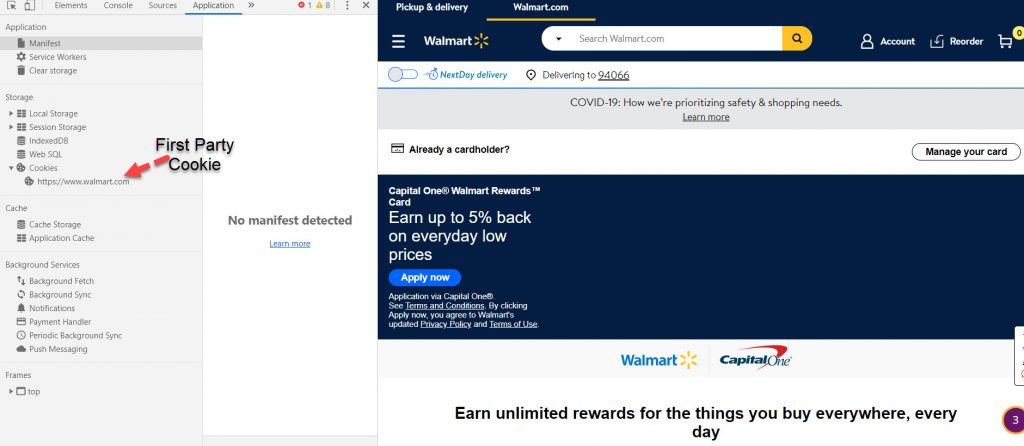
First Party Cookies are set by the publisher’s web server on the website and it is supported by all browsers and can be blocked or deleted by the user. These cookies allow website owners to collect analytics data, remember language settings, and perform other useful functions that provide a good user experience. The domain host can see the data that the cookie retrieves. First-party cookies can’t usually be used to track a user’s activity on another site other than the original website it was placed on.
Second-party cookies
Second-party cookies are cookies that are transferred from one company (the one that created first-party cookies) to another company via some sort of data partnership. For example, A Bank could sell its first-party cookies (such as names, phone numbers, email addresses, etc.) to a trusted Credit card seller to use for ad targeting, which would mean the cookies become classed as second-party.
Third-party cookies
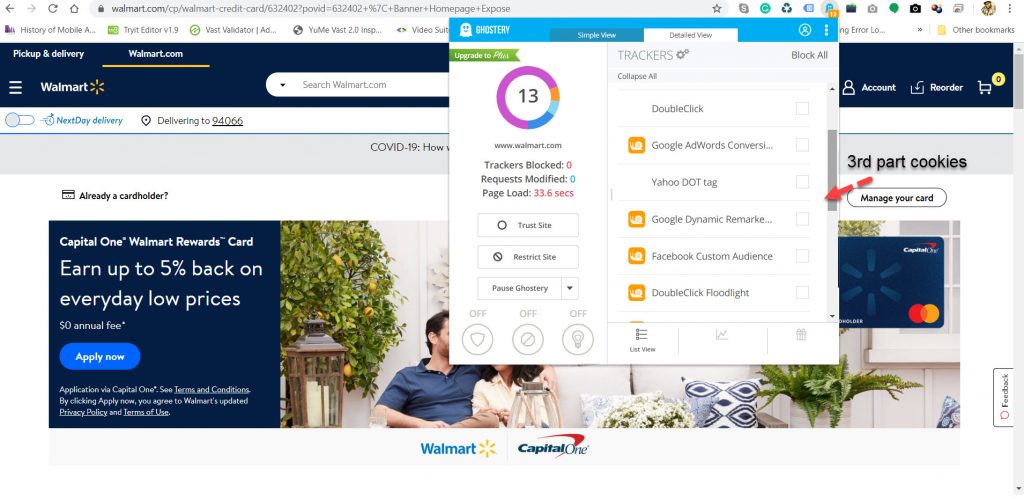
Third-party cookies are created by domains that are not the website you visit; instead, they are usually used for online-advertising purposes and placed on a website through adding scripts or tags by Ad-Tech companies or Ad agencies. A third-party cookie is used to collect user information like location, device type, data such as the user’s behavior on the site, and more.
Farewell to the 3rd Party Cookies
The 3rd party cookies are like the backbone of digital advertising but the Consumer Privacy Acts like GDPR, CCPA which wants to ensure that user data tracking are happening with their consent and transparency, but some third party is using the fine-grained user data to retarget them based on their past web activity which irritates most of the user.
The major players like Apple Safari and Mozilla Firefox already scrapped 3rd party cookies by introducing ITP2.2 and ETP respectively by blocking the third-party cookies and also the 3rd party cookies pretend as first-party using their enhanced Tracking system to make sure transparency and explicit consent management are made.
Google Chrome has a huge share of around 62% of users across all devices, they have announced blocking the 3rd party cookies completely after two years of time, they are hitting the final nails to the coffin, by scrapping the 3rd party cookies, it would affect the targeting the relevant audiences in programmatic advertising like the following.
- Behavioral Targeting: It shows ads to users based on their behavior across different websites.
- Audience Targeting: exporting audiences to DSPs for targeting.
- Ad retargeting: showing ads to users across the web who have previously visited your website.
- Frequency capping: limiting the number of times an ad is shown to the same user in a given time frame (e.g. max 5 ad impressions in a given 24-hour period).
- Audience extension: showing ads to a publisher’s audience across different websites.
- View-through attribution: attributing an ad view with a conversion.
Impact on Advertising
The Impact of scrapping the 3rd party cookies is reflected on all the components of the programmatic advertising environment because for around 2 decades we have relied on the 3rd party cookies for various purposes as discussed above. (eg. Retargeting, conversion tracking, etc.)
- Publishers: SSP and Ad Exchange won’t be able to identify users on websites in the same way they can now by using third-party cookies.
- DMP: The end of third-party cookies in web browsers will mean that DMPs won’t be able to create audiences that can be later used for audience activation and targeting by advertisers.
- AdTech Platforms: They can’t map the relevant user to display the ads on the browser since cookie sync won’t happen anymore so their targeting, frequency capping, and conversion tracking needs to be handled with a different approach
- Advertisers: They used to depend on the 3rd part data to target reach relevant users need to work on building first-party audiences and tie-up with a relevant publisher to by the inventory directly
What’s Next?
It’s the right time to focus on alternative strategies to target relevant users. Below are some of the best alternative tactics to a cookie-based audience.
First-party data
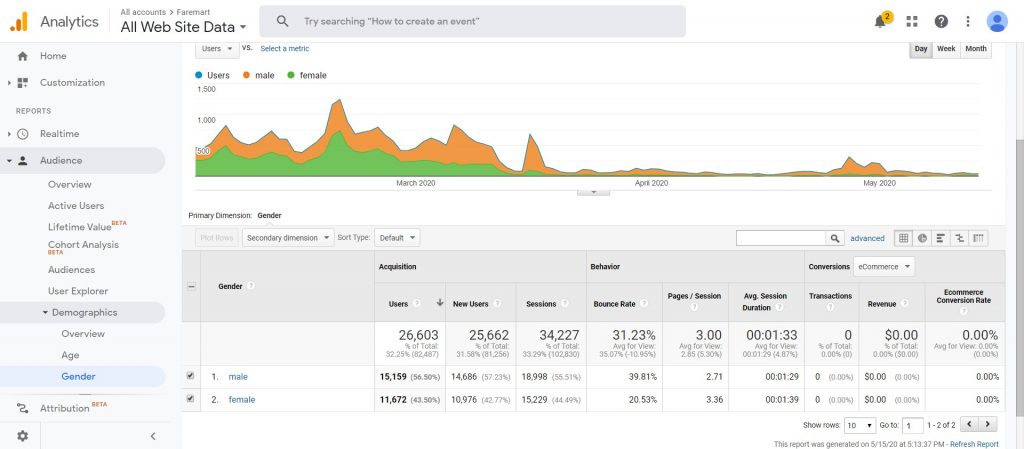
Though the 3rd party cookies are getting to bin completely in a couple of years’ time, we can still use the First-party data from Advertiser’s site, CRM tools, foot-traffic, and in-app data. It will have more relevant data of the user who has shown interest in the product and service, so the conversion rate would be more compared to the third-party audiences.
Contextual Advertising
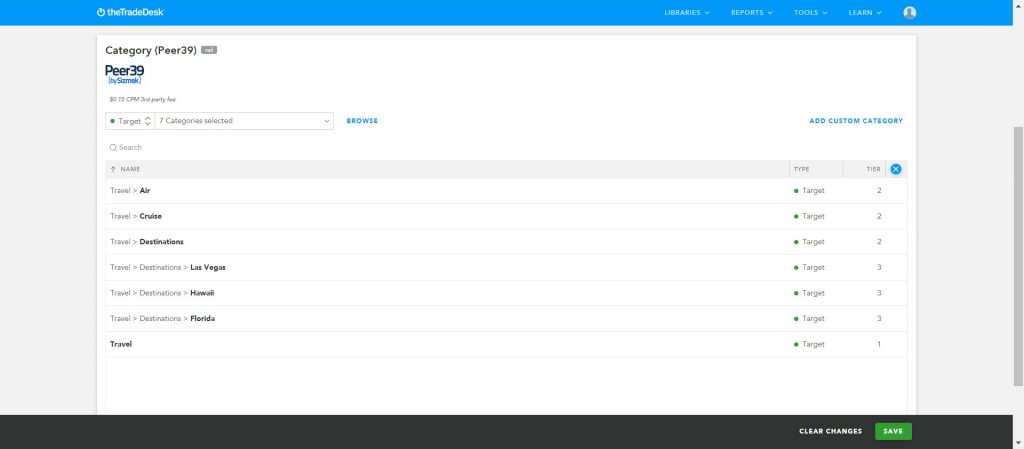
It is an old school technique that helps in reaching “Right user, Right time” by using more relevant keywords, site content to advertiser services and product, and contextual ads are the perfect alternative. As the content of the site user visits and ads are relevant, we would have a higher click-through rate and conversion rate. Ex: Airlines showing banners and on people surfing through the sites on scenic and vacation planning.
White list
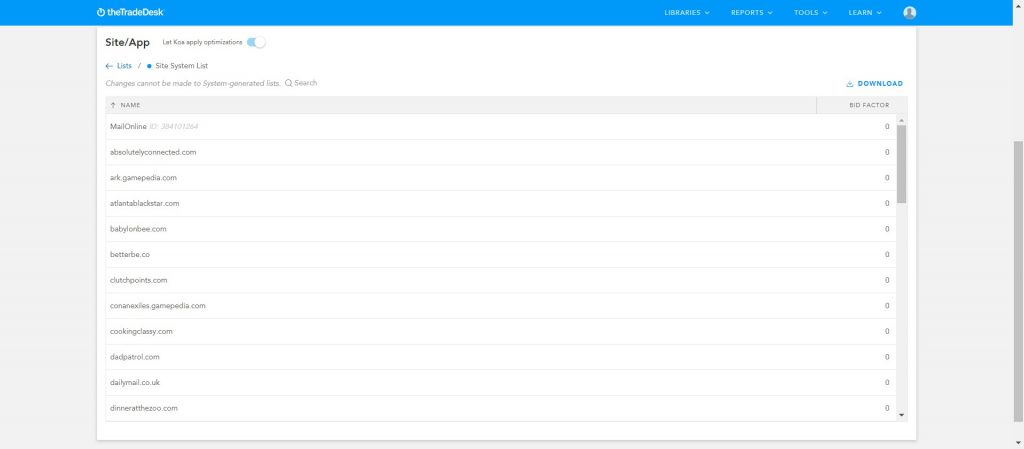
Targeting the list of domains, channels, and apps that are relevant to the advertiser industry make the user see many related ads populating on the site, and periodical optimization of performing site would help to bring the high conversion rate of the users.
Other digital advertising mediums and channels:
There are many other areas of digital advertising where brands are spending their money. These include in-app mobile, OTT and CTV, and digital out-of-home (DOOH).
Universal ID
DMPs that collect and use non-cookie IDs, such as email addresses and device IDs, are in a good position. As most other DMPs rely on third-party cookies, they’ll be severely impacted by these changes.
We have already taken a big leap in the cookie-less era, AdTech companies are also building ID-based Infra to help the Advertisers to market their product to relevant users. Also, IAB Tech Lab announced that they are working on a Project Rearc, a new identifier that will work across different browsers and privacy standards and won’t rely on third-party cookies. It would be like climbing the Himalayas peak of Mount Himalaya but the cookieless era will better the situation for the marketers, AdTech, and User by harmonizing Privacy, transparency, personalization, and community.





We would love to have your opinion.